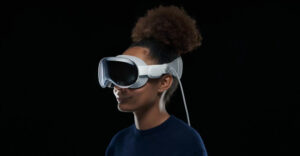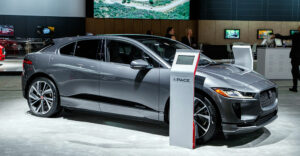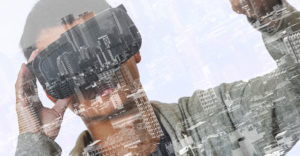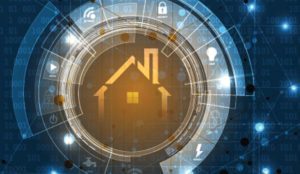One of the stories told in management classes as an example of a recurring mistake companies make when their industry is transitioning focuses on buggy makers at the turn of the last century.
Those that figured out they were in the personal transportation business pivoted to cars. Most of the others that thought they were only in the buggy business became extinct because their market moved to cars, and they didn’t.
Seems obvious after the fact, but clearly at the time it didn’t seem obvious at all because most buggy makers and those that sold horses and did blacksmithing went out of business.
This story was originally published Jan. 17, 2022. As a result of its popularity, it is brought to you today as part of our Best of ECT News series.
In the case of autonomous cars, we are looking at moving from car ownership to a service like Uber that will provide a car just when we need it.
But, going further, initially with services like Zoom and eventually with the metaverse extending the concept of holoportation — coupled with drone delivery and the pandemic — will we even need cars as much, or at all, in the future?
Holoportation, or the use of avatars to travel virtually, is not considered personal transportation today. But if it is successful, it could eliminate most personal transportation in the future, and in turn put existing car makers in the same category as those buggy makers were a century ago.
Should holoportation be considered part of the transportation industry, or should existing personal transportation be considered part of old school collaboration, social networking, and shopping?
Let’s talk about a some of these big coming technology disruptions. Then we’ll close with my product of the week, a head-mounted display from TCL called the Nxtwear Air that could become this year’s must-have gadget.
Personal Transportation
Before the pandemic, personal transportation was mostly focused on cars with air transport, human powered transport, and even motorcycles largely falling into different classes. But with the increased use of video conferencing and collaboration products like Zoom, Teams, and Webex, the need for business travel has taken a significant hit.
Among the cool stuff at CES this year, Portl and La Vitre demonstrated a way to visit family and friends virtually, while a solution from ARHT Media called Holopresence showed how you can speak at any remote event without ever leaving your home, yet appear to actually be there.
While we are currently still habit-bound to travel, the pandemic is forcing us to reconsider our safety and aggressively consider not traveling. We don’t really need to go to the store anymore as delivery options have expanded. Because of Covid, our doctors increasingly meet with us remotely, and we’ve been able to use services like Amazon and eBay to get around our need to go to malls and department stores.
When cars become truly autonomous, why will we need to own one for the few times we have to leave our homes? Just contact the car service and an automated vehicle will appear at your door and function pretty much like an elevator in a high rise. You don’t need to own an elevator, so why would you need to own a car?
At CES, a lot of the car designs looked more like rolling living rooms than cars, and several of them were rather ugly. But so are elevators, and we don’t seem to mind that much what they look like any more than we used to care about those old yellow cabs or buses.
Plus, we haven’t even begun to talk about flying cars and people-carrying drones, both of which are advancing very quickly. Once vehicles are autonomous, we won’t need professional drivers or driver’s licenses because humans won’t be driving.
Film and Television
In video games, we have a concept called NPC, which is a non-player character that follows a set script. But isn’t that what actors and extras do? Soon, it might be far easier to program an NPC to appear in a movie and convert a script to a realistic representation of the character far easier, and far less expensively than hiring a person.
Actors can get sick, they can have behavioral issues, they can get into trouble off screen resulting in their termination, and they get more expensive every subsequent time you use them. Movies today are largely filmed with computer graphics anyway and it is much easier for a rendered character to operate on a virtual stage than it is for a human.
Now, it isn’t just the acting. Script writing can now be done using AI. You don’t need catering or recruitment for virtual players, and with a digital movie-making engine, you can more easily rewrite the script and digitally reshoot the scene when fine tuning the result with digital characters than with humans.
Studios like Dust are already creating relatively high-quality content using far cheaper digital tools, and an increasing number of movies today use rendered people as extras for scenes that previously would have required humans in those roles.
So, do we replace directors, writers, actors, extras, camera people, and all the rest of the movie staff with a few programmers and advanced artificial intelligence? The result is still a movie — and services like Netflix and Amazon have a never-ending appetite for content today. It seems to me like video game studios might well displace movie studios before this trend is over.
Farming
Traditional farming methods are becoming largely obsolete due to climate change. We are moving to warehouse farms which produce more food in much less space and can exist a lot closer to customers located in cities.
Farms such as these are increasingly tended by robots and autonomous equipment to reduce cost and contamination and operate at a scale that traditional farms generally can’t match.
In addition, for ranchers, we are developing healthier, tasty alternatives to beef, chicken, and other animal protein sources.
These changes should be not only more reliable during times of rapid weather change, but also potentially more beneficial for the environment because you don’t need to clear rain forests and you no longer need to eat other animals. Some of the animals we eat are huge producers of methane gas which contribute significantly to climate change.
Does this mean farming will become like manufacturing, particularly when we start 3D printing food? The farm of the future could simply be another factory.
Manufacturing
Warehouses and factories are changing with the increased use of robots and reduced need for human workers. Factories effectively evolve into huge 3D printers that can produce both cookie cutter products at volume, and far less expensive custom offerings thanks to increased automation.
Are factories still factories once they are fully automated? Or are they just huge appliances that 3D print the products we want on-demand and ship them using the increasing variety of autonomous vehicles and package-carrying drones?
Fully automated 3D printing factories should have fewer shutdowns, be less impacted by inflation slowing their growth, and be more able to meet transitory demand using a just-in-time manufacturing model. Also, because these automated factories will use 3D printing as part of their process, they can be smaller, more localized, and probably more resistant to logistics disruption.
Wrapping Up: Tip of the Iceberg
I could go on for pages about the massive disruption of electrics replacing internal combustion engine (ICE) cars, personal robots, military drones (we may not need military pilots or drivers in a few years), fast food robots turning fast food restaurants into large food vending machines, and satellite-based data and voice services — and we already have advanced coffee vending machines that make a better cup of coffee than Starbucks.
Is personal transportation actually personal, or is it becoming part of the communications market? Are restaurants, factories and 3D printers merging to become part of the technology market? Are movies and video games going to merge and provide different experiences but use the same creation tools and back-end. If so, what do we call the result?
PCs and smartphones are merging at a rapid pace, but is the result an enhanced smartphone or a more portable PC? These are all things that will be addressed in the next decade and those companies that figure out what new segment they are in will likely survive. Those that don’t anticipate these changes and evolve with the times probably won’t.
But one thing is for sure, this decade is going to be known for both an unprecedented amount of change and a lot of companies and people suddenly discovering that the road they were on dead-ended. You’ve been warned.

TCL Nxtwear Air Wearable Display Glasses
One of the coming disruptions are head-mounted displays which are finally reaching a price and performance level that makes them viable. The TCL Nxtwear Air head mounted display is powered by the smartphone or PC it is connected to and it projects a HD image into the glasses that is like watching a 140-inch screen from four meters away.
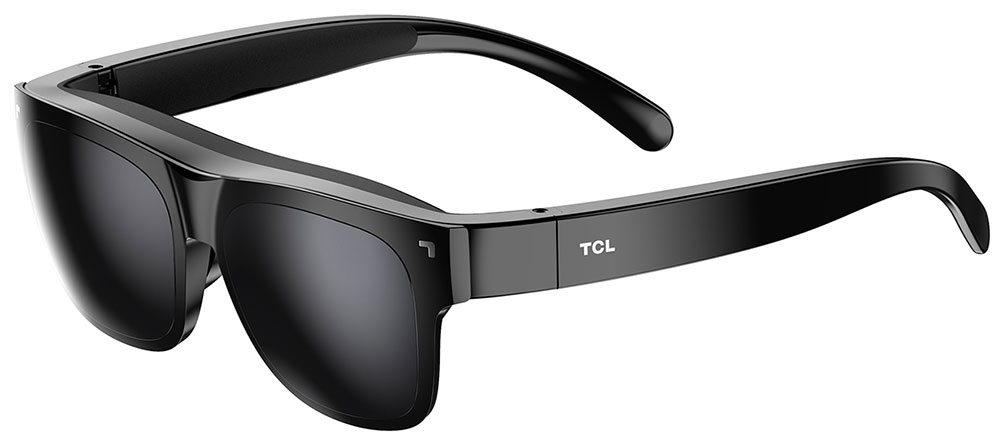
While this is mostly for movie watching rather than a monitor for work or gaming, it is a significant step toward that latter category and, eventually, head-mounted displays will force a major shift between PCs and smartphones, particularly when coupled with cloud services like Windows 365.
Once they are in wide use, the need for monitors, laptops with screens, and even personal TVs may become a thing of the past. We may decide that even when we are sitting together, using our own screens which can be adjusted for our eyesight and unique problems (like colorblindness) will be a better solution than the large screen experiences we have today.
What makes these latest TCL glasses interesting is that they are 30 percent lighter than previous generations and they don’t look dorky. The glasses provide decent detail (though I expect the 4K glasses that will eventually follow will be better), deep colors and surprisingly deep blacks. They have built in speakers that sound pretty good and mean you can often leave the headphones at home (I’d still use headphones on planes or when near others, however).
Expected to cost just under $700, these glasses are competitively priced when you consider that 140-inch display likely costs more than any car you’ve ever purchased, making them potentially a true value — and my product of the week.








